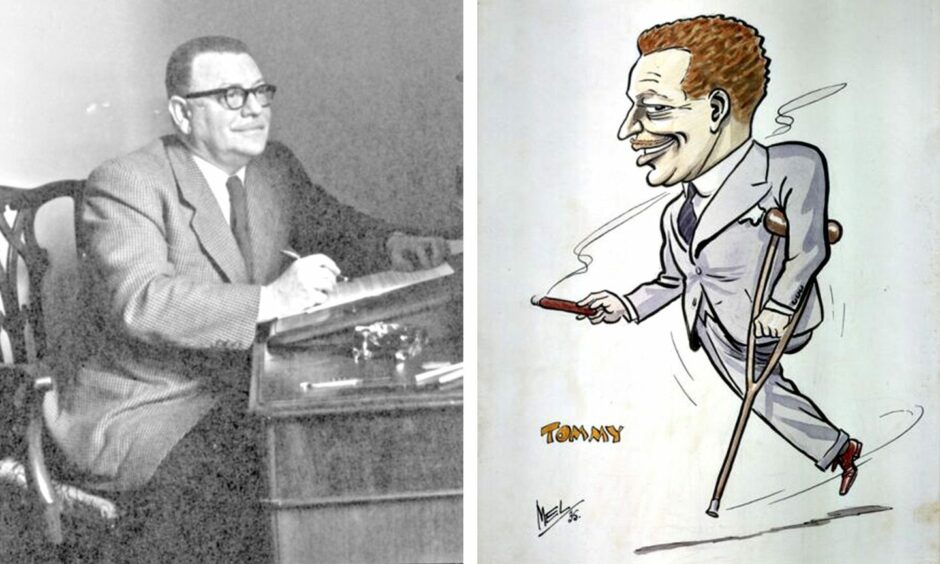
There’s nothing like adversity to bring out the fire in a man.
For red-haired Torry loon Thomas Scott Sutherland, losing a leg at a young age didn’t stop him becoming one of Aberdeen’s most important architects, an inspired entrepreneur, world adventurer, author, aspiring Dons FC tycoon, theatrical impresario and town councillor.
Think of the old cinemas for starters — the Regal, the Regent, George Street, the Majestic, the Odeon in Aberdeen, the Astoria in Kittybrewster, the Victoria in Inverurie, Peterhead Cinema.
Tommy designed them all.
That’s far from all on his architectural roll of honour, from Aberdeen Ice Rink, to the Nicoll Hospital, Russell Institute and Library, Aberdeen United Trades Council Hall, houses all over the city, Garthdee House in Peterculter. The list goes on.
How did he find time for all the rest of his pursuits in his Boy’s Own annual of a life?
Tommy was born in a tenement on Walker Road in Torry in 1899, the eldest of three.
His parents, skipper William Sutherland and wife Anne Scott were gifted and intelligent.
Tommy’s idyllic childhood abruptly ended when he fell from a tree aged seven dislocating his hip.
Excruciating pain
Tommy underwent a series of excruciatingly painful treatments on his hip, but within a few months he was completely disabled, bedbound and in agony in the Sick Children’s Hospital.
It got much worse.
The poison from an infection in the joint spread throughout his body, sending him into a deep coma.
His leg had to come off, and from a point so deep that Tommy was never able to wear an artificial leg.
But nothing could hold him back
The family had moved to Fonthill Road, and within weeks Tommy was hurtling about on his crutch, outstripping his friends with a five foot stride on his remaining leg.
He learned how to ride a bike and became a top distance swimmer, teaching swimming to injured servicemen after World War One.
That’s not all. He became a competition player in both tennis and golf.
“Find a need and fill it, get out when the need has been filled,” he used to say.
He must have spotted a gap in the entertainment market, as he paid for lessons in conjuring from a professional he met at the Tivoli Theatre and took his conjuring and ventriloquism act saw him around many charity fundraisers in and around Aberdeen.
He also excelled at school — Ferryhill and Ashley Road primaries, and Robert Gordon’s College.
Perhaps inspired by his time in hospital, he decided to become a surgeon, but was told he wouldn’t be able to stand for long hours at the operating table.
He was steered towards architecture and joined JA Ogg as an apprentice, formally training at Robert Gordon’s Institute of Technology.
Midas touch
In what would now be termed ‘side hustles’ he bought up motorcycles, refurbishing them and selling them on for a profit.
He even tried his hand at the stock market.
After graduating, he bought into the small firm of McAndrew and Sutherland, buying his surveyor partner out after a year.
The practice was extremely successful, but Tommy didn’t stop there.
He backed more than 40 fledging businesses from orthopaedic footwear to miniature golf, furniture, retail, pharmaceutical manufacturing, hotels, distiller cinemas and theatres.
By 1934 he was councillor for Ruthrieston and went on to become housing convener, increasing the number of council houses being built from 250 to 800 a year.
Globe-trotting life
As an ambassador of the city he went around the world from the USSR to the Far East.
Tommy’s personal life was also colourful.
While swimming on holiday near Blackpool in 1929, he fell under the spell of Edith Iris Webber, a beautiful young actress.
Back in Aberdeen, the couple became the glamourous hosts of stage stars, Tommy later buying Bon Accord Congregational Church with his heart set on establishing a repertory company in his home city.
They moved from Albyn Place to the palatial Beechgrove House where the entertaining was lavish, Tommy making a tidy profit by building a street of semi-detached houses in part of the grounds – Beechgrove Gardens.
An avid movie-goer and regular visitor to influential friends in Hollywood, he also designed some of the area’s most beautiful cinemas in the 30s, including the Majestic, Astoria, the Victoria in Inverurie and the Odeon.
But with Tommy constantly on his travels around the world spying out new business ventures, his marriage went wrong.
Divorce and second marriage
Iris ran off with a dashing young actor leaving him sad and lonely in Beechgrove House, which he went on to sell to the BBC.
The couple were divorced in 1941.
Meanwhile he bought Fettercairn Distillery and trekked the world looking for adventure, sending back accounts to the local paper.
On a slow boat from China in the late 40s he met and almost immediately proposed to his second wife, Glasgow-born Georgina Buchanan, who had been brought up in Hong Kong and was private secretary to the Governor.
At 49, Tommy was 20 years older than his bride and constantly marvelled how he had wooed and won this beautiful, athletic young woman.
Still buying and selling companies with his wizard’s touch – Tommy was a founding member of the Magic Circle in Aberdeen – he came upon the elegant 39-room Garthdee House on the banks of the Dee, complete with its 21 acres of lush grounds, and promptly bought it.
For two years the Scott Sutherlands staged memorable charity fetes, dinner dances and entertained dozens of guests.
But they began to realise the mansion was far too big for the two of them and almost impossible to keep warm.
Bequeathing mansion and land for Robert Gordon’s school of architecture
In 1954 Tommy, during a chance meeting with the chairman of Robert Gordon’s board of governors, discovered they were desperate for a new school of architecture.
The rest is local history. He bequeathed the house and the grounds for the new school without a penny changing hands.
Right up to the end of his life, Tommy was still bursting with ideas for new ventures and ways of improving the city, including becoming a director of the Tivoli theatre with grand plans for the shows.
In 1958 he launched a £40,000 takeover bid for Aberdeen FC to “introduce new forces” into the boardroom as well as new developments like all-cover stands and floodlights.
It only just failed.
Tommy once protested money had no meaning for him. What he thrived on was the thrill and excitement of pulling off successful deals.
“And as a cripple, I had to beat the other guy,” he added.
The remarkable Tommy died in 1963 aged 63.
Georgina survived him by more than 50 years and led a distinguished life.
Before her death in 2014, she achieved many philanthropic goals, including funding the library at RGU, now the Georgina Scott Sutherland Learning Centre.
She was promoted by Queen Elizabeth to a Dame of the Order of St John in 1979.
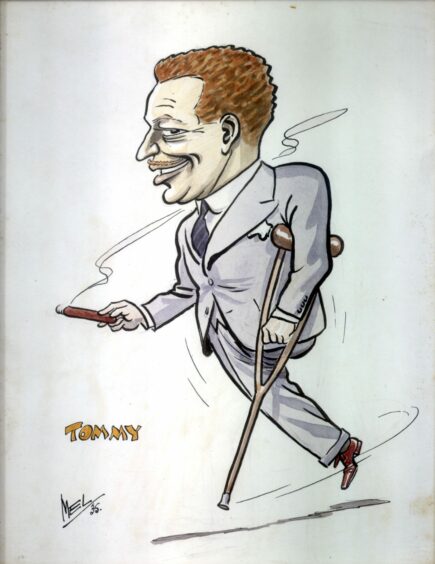
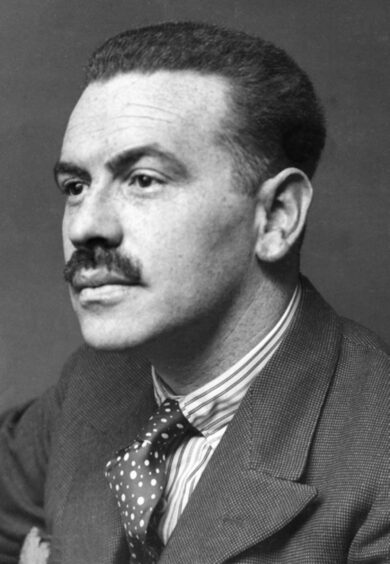
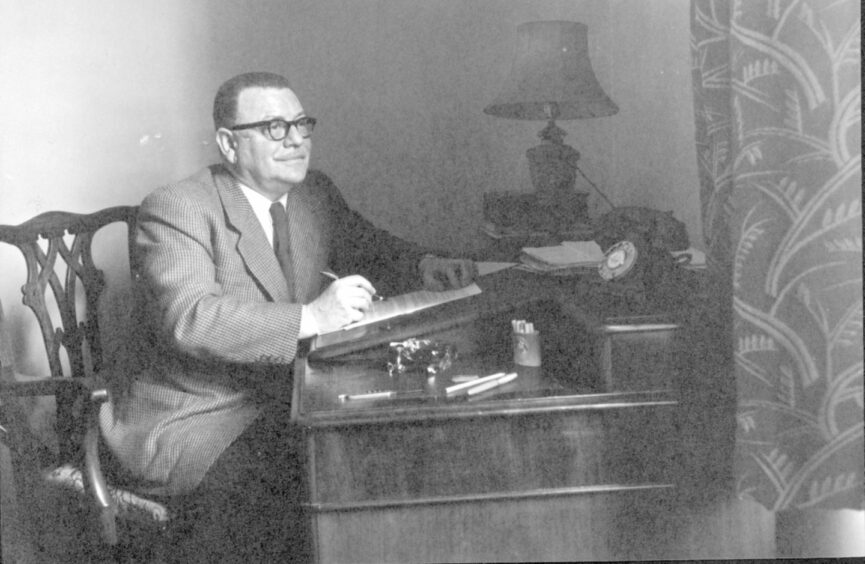
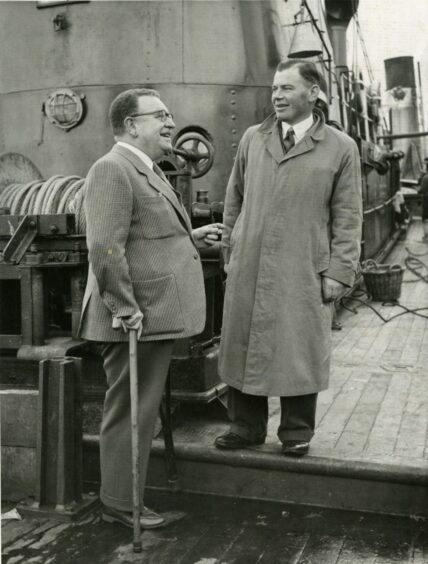
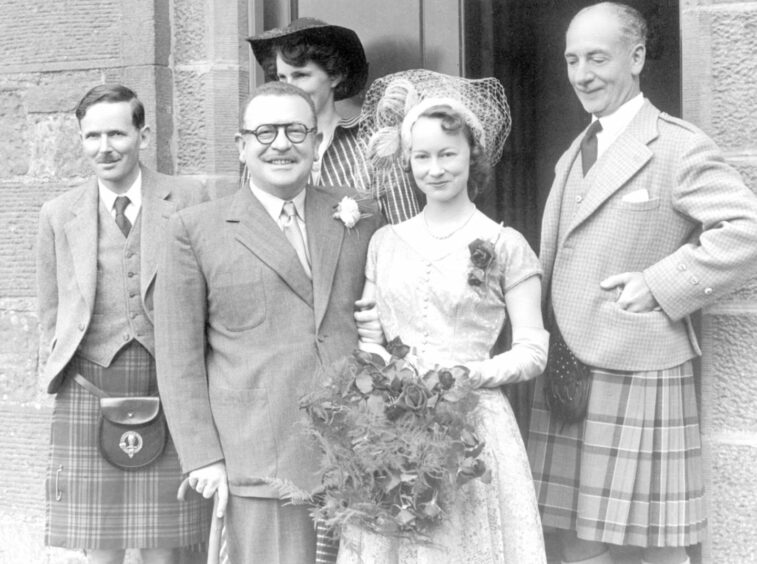
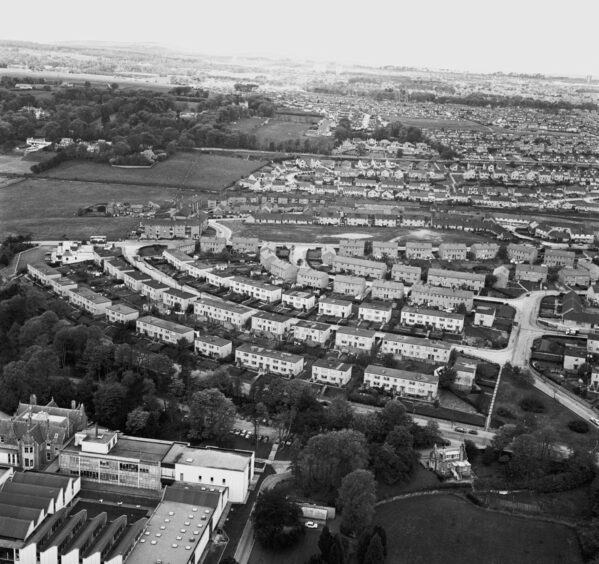
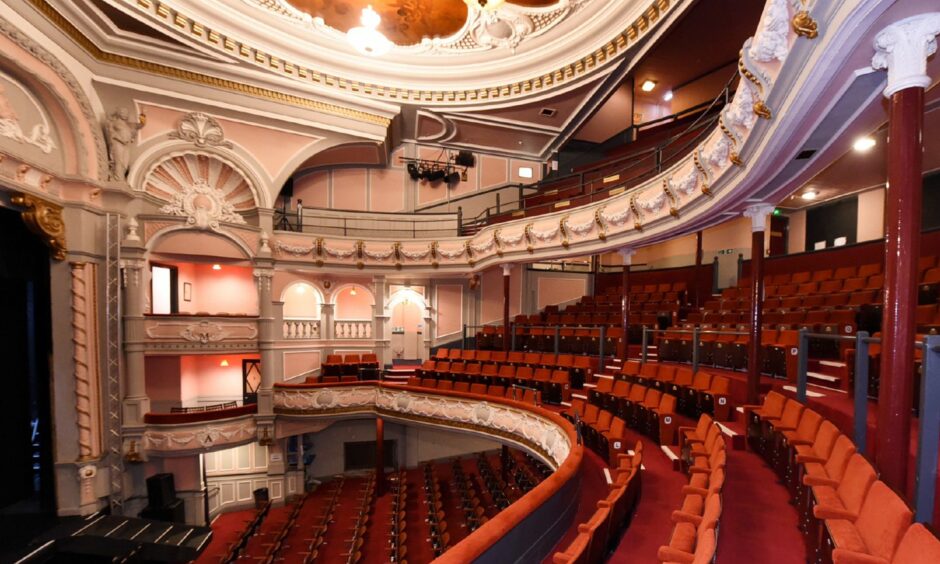
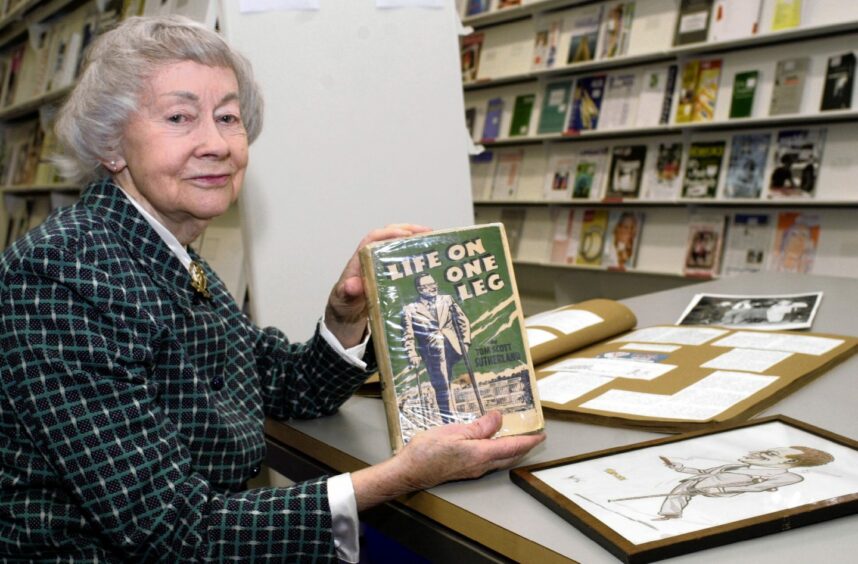
Conversation